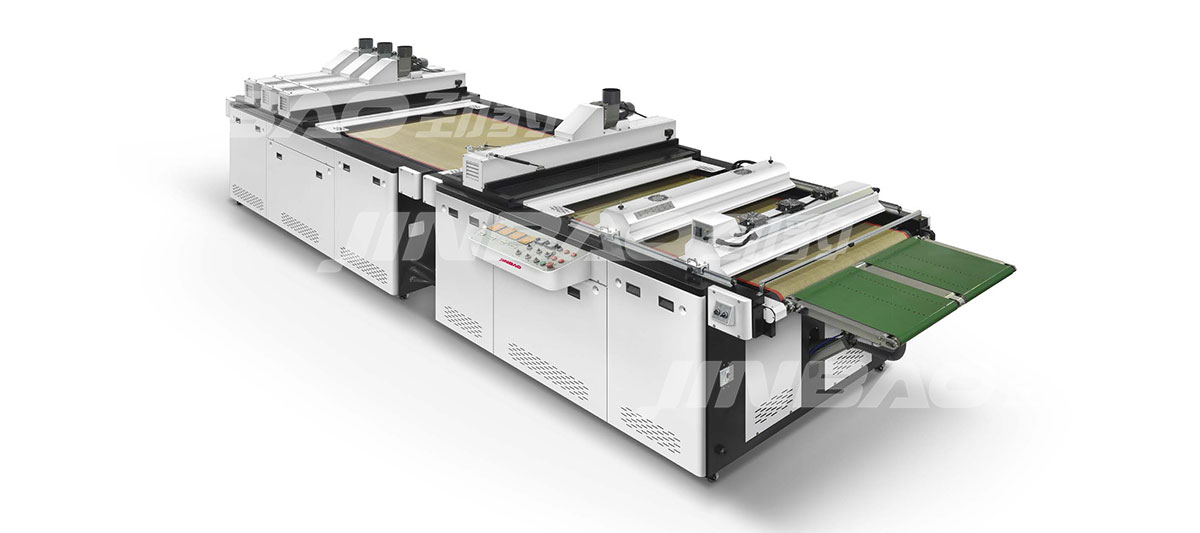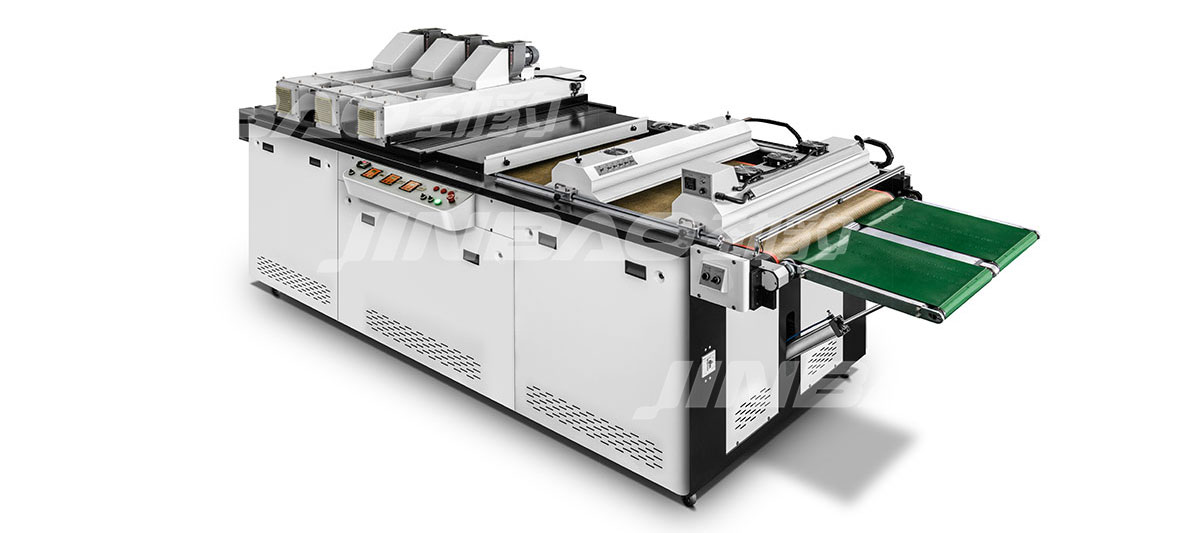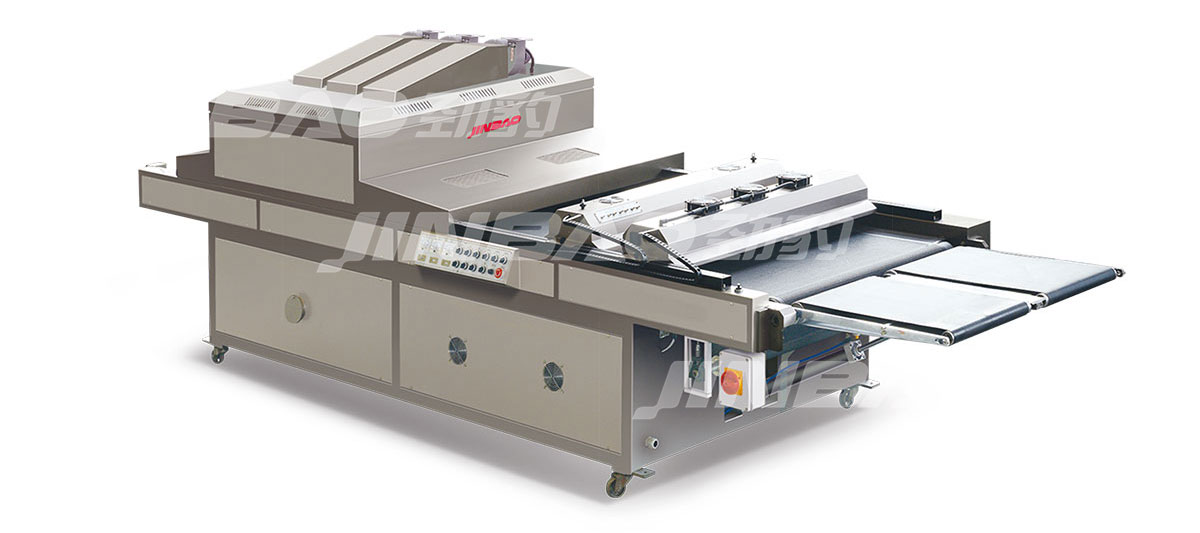Cold stamping machine: How to achieve exquisite metal texture without heating?
The Cold Foil Machine achieves exquisite metal texture without heating, mainly relying on its unique process principle and material selection. The following is a detailed analysis of the process:
1. Process principle
Cold stamping, also known as cold transfer printing, is a hot stamping technology performed at room temperature. It does not require heating to achieve the transfer of electrochemical aluminum foil like traditional hot stamping. The Cold Foil Machine achieves exquisite metal texture without heating through the following key steps:
(1) Applying adhesive: First, apply a layer of special UV curing adhesive on the surface of the substrate (such as paper, plastic, etc.). This adhesive can be quickly cured under UV light to form a layer of high viscosity pressure-sensitive adhesive layer.
(2)Placing cold stamping foil: Then, place the cold stamping foil (a special electrochemical aluminum without adhesive on the back) on the substrate according to the design requirements, and ensure that it is flat and free of bubbles.
(3) Cold pressure transfer: The cold stamping machine applies pressure to the cold stamping foil through a pair of metal rollers to make the cold stamping foil in close contact with the adhesive. Under the action of pressure, the metal layer or pattern on the cold foil is transferred to the substrate without heating.
(4)Peeling and curing: After the transfer is completed, the excess cold foil is peeled off, leaving the desired metal texture pattern. At this point, the pattern is firmly attached to the substrate. Subsequently, the adhesive is further cured by UV light irradiation or other curing methods to ensure the durability and stability of the pattern.
2. Material selection
The materials used by the cold foil printing machine are crucial to achieving exquisite metal texture:
(1) Cold foil: Cold foil is a special electroplated aluminum material with no glue on the back, so it can be transferred at room temperature through the action of adhesive and pressure. Cold foil has a variety of colors and patterns to choose from, which can meet the needs of different printed products.
(2) UV curing adhesive: UV curing adhesive is one of the key materials in cold foil printing. It can cure quickly under UV light to form a high-viscosity pressure-sensitive adhesive layer to ensure a strong bond between the cold foil and the substrate.
3. Advantages and Applications
Cold foil printing machines have the following advantages over traditional hot foil printing:
(1) No need to heat: Cold foil printing can be carried out at room temperature, avoiding deformation or damage of the printed material due to heating.
(2)Environmentally friendly and efficient: No need to use a lot of heat energy during cold foil printing, reducing energy consumption and carbon emissions, and meeting environmental protection requirements. At the same time, cold foil printing machines are easy to operate and highly efficient, which can greatly improve production efficiency.
(3)Wide range of applications: Cold foil printing technology is suitable for a variety of printing materials, including paper, plastic, metal, etc., which can meet the needs of different industries and fields.
(4)Exquisite effect: Cold foil printing can achieve an exquisite metal texture effect similar to hot foil printing, improving the grade and added value of printed products.





